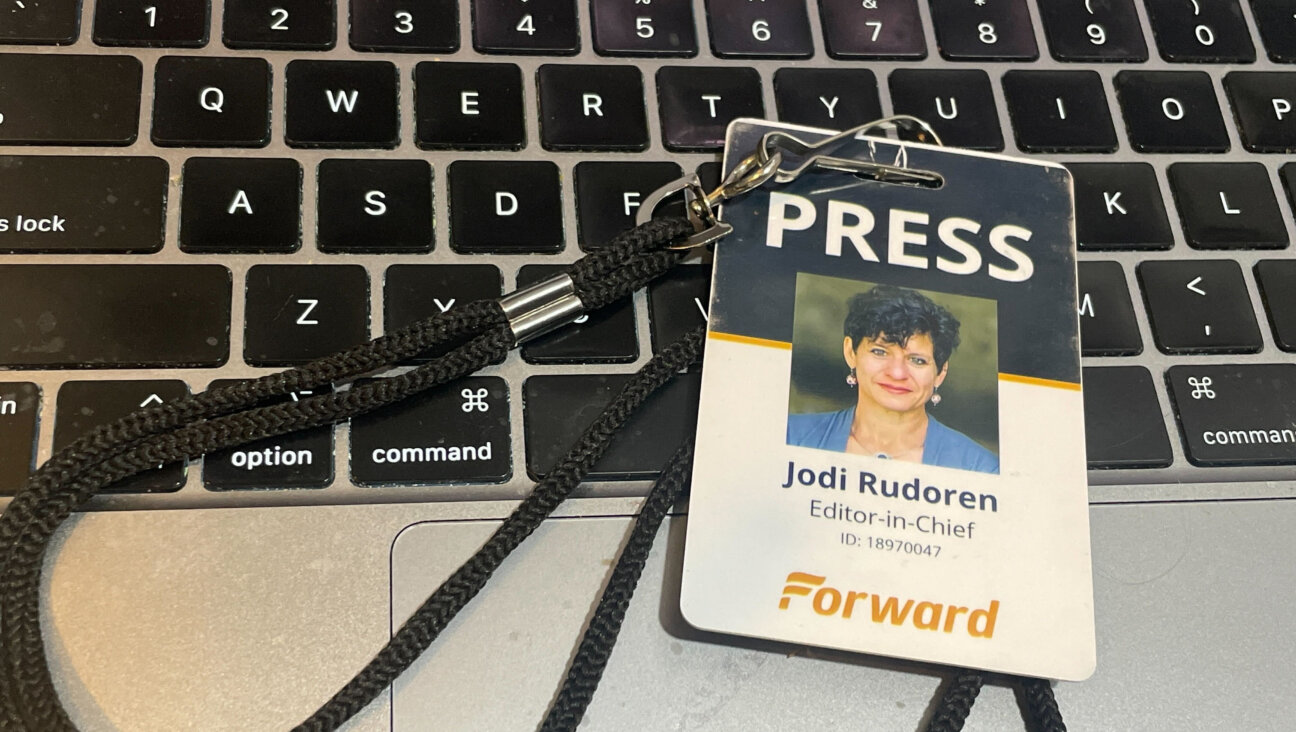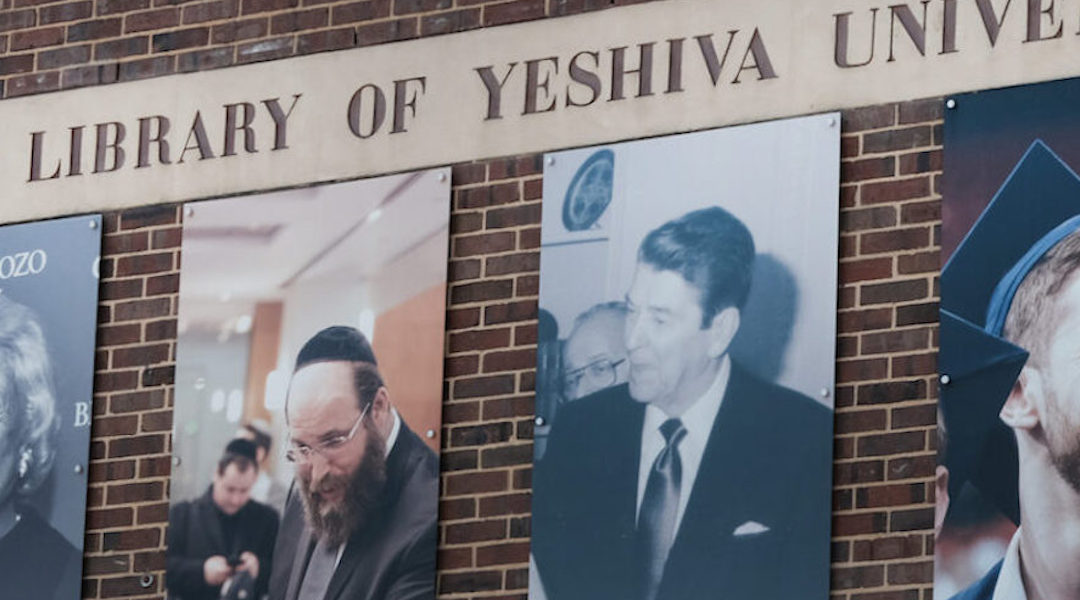How Religious Customs Take Their Toll
Keeping religion at arm?s length from the government is one thing. Keeping one religion at arm?s length from another, especially at the grassroots level of participation, is something else again. Whether we call it ??cultural appropriation?? or ? less ominously, perhaps ? cultural borrowing, there happens to be a lot of traffic between faiths in modern America.
Consider, for instance, the practice of gift giving at Hanukkah, which took its cue from Christmas. Or, for that matter, the kinds of goyishe foods (let?s hear it for mac and cheese) that many American Jews routinely consume. More striking still are the ways in which Christian notions of decorum and architecture (all that stained glass!), not to mention family-style seating as well as the sermon, have influenced American synagogue life. In each instance, American Jews have drawn on phenomena not initially their own ? and then redefined them.
The same can be said of Christian Americans. They, too, have taken up practices from outside their faith and integrated them into their daily lives. The breaking of the glass at the conclusion of a wedding, or, better yet, the hoisting aloft of the bride and groom while dancing at the reception, has become a familiar pursuit of late within Christian circles. So, too, has the use of a ketubah, the official Jewish marriage document, as a recent New York Times article by Samuel Freedman pointed out, and the wearing of silver ?Kabbalah dogtags? and other forms of jewelry with ?Kabbalistic themes,? such as red-string bracelets.
All this pales in comparison with the popularity of the Passover Seder within Christian circles. For years, many American Jews have made a point of inviting their Christian neighbors and colleagues to a Seder: an exercise in both demystification and neighborliness. The ancient, food-centered ritual showcases the particularities of Judaism in a friendly, congenial and domestic (read ?neutral?) setting. It?s fun, too.
But the participation of Christians in a Seder orchestrated by Jewish friends is only the tip of the iceberg. More pronounced by far is the frequency with which this millennial Judaic phenomenon has appeared over the course of the past decade or so within avowedly Christian ? and largely evangelical ? contexts. I have in mind here the Holy Land Experience, a religious theme park in Orlando, Fla., where, day in and day out, visitors in shorts queue up in front of the Shofar Auditorium to see the ?Passover Seder Presentation.?
According to this peppy, 30-minute rendition of the Passover ritual, the three matzot used in the Seder represent the Holy Trinity; the youngest person in the family asks the Four Questions as an homage to John the Apostle, who was reportedly the youngest person at the Last Supper, and the reason that red wine is consumed at the Seder is that it represents the blood of Christ rather than Manischewitz?s market share or an age-old affinity for the sweetest of grapes.
There?s no need to travel as far as Orlando, though, to participate in a Christianized Seder like this one. The Holy Land Experience may offer a more extreme ? and crowded ? version of ?recovering Passover for Christians,? as Dennis Bratcher?s ?Introduction to a Christian Seder? would have it, but it?s hardly an isolated one. Elsewhere throughout the length and breadth of the United States, as a quick Google search makes abundantly clear, Christian Americans have taken to holding their own Seder. Some see it as a way to experience the ?story of God?s grace in history.? Others view it as an opportunity to highlight what they have in common with the Jews or to come closer to Jesus, whose last meal on earth happened to be either a Seder or some other religiously inspired get-together. Meanwhile, some Christians even go so far as to substitute matzo for the Eucharist wafer.
Reckoning with these latter-day cultural expressions of mix ?n? match generates questions galore. Should they be applauded, shrugged off or disavowed? Are they to be born with equanimity, discomfort or resignation? More to the point, how should they be read? As sociology ? as reflections of cultural diversity and as byproducts of intermarriage ? or as New Age theology?
It all comes down, I suppose, to one?s personal perspective. What?s not up for grabs, though, is the extent to which religion in contemporary America is a two-way street.
The Forward is free to read, but it isn’t free to produce

I hope you appreciated this article. Before you go, I’d like to ask you to please support the Forward.
At a time when other newsrooms are closing or cutting back, the Forward has removed its paywall and invested additional resources to report on the ground from Israel and around the U.S. on the impact of the war, rising antisemitism and polarized discourse.
Readers like you make it all possible. We’ve started our Passover Fundraising Drive, and we need 1,800 readers like you to step up to support the Forward by April 21. Members of the Forward board are even matching the first 1,000 gifts, up to $70,000.
This is a great time to support independent Jewish journalism, because every dollar goes twice as far.
— Rachel Fishman Feddersen, Publisher and CEO
2X match on all Passover gifts!
Most Popular
In Case You Missed It
-

Opinion This is my last column as editor of the Forward
-

Books Unwieldy, unnerving, and a masterpiece — the last great Yiddish novel has arrived
-

Fast Forward Texas bakery reportedly becomes first bagel shop to be named James Beard Award finalist
-

Fast Forward ‘That’s Simchas Torah’: The Jewish Val Kilmer moment you might have missed
-
Shop the Forward Store
100% of profits support our journalism
Republish This Story
Please read before republishing
We’re happy to make this story available to republish for free, unless it originated with JTA, Haaretz or another publication (as indicated on the article) and as long as you follow our guidelines.
You must comply with the following:
- Credit the Forward
- Retain our pixel
- Preserve our canonical link in Google search
- Add a noindex tag in Google search
See our full guidelines for more information, and this guide for detail about canonical URLs.
To republish, copy the HTML by clicking on the yellow button to the right; it includes our tracking pixel, all paragraph styles and hyperlinks, the author byline and credit to the Forward. It does not include images; to avoid copyright violations, you must add them manually, following our guidelines. Please email us at [email protected], subject line “republish,” with any questions or to let us know what stories you’re picking up.



















